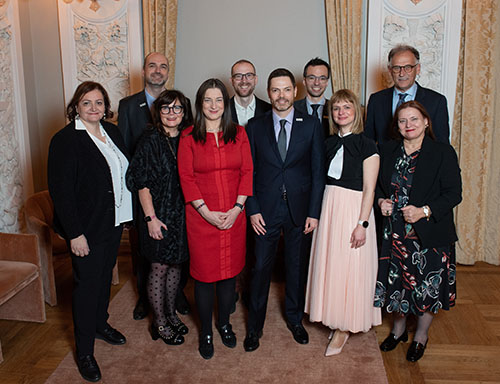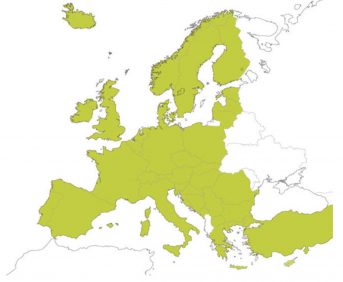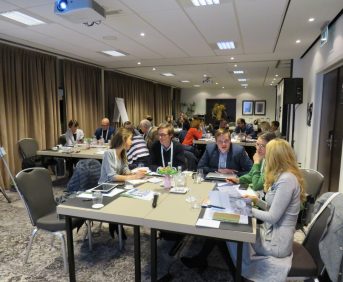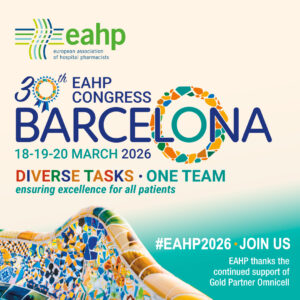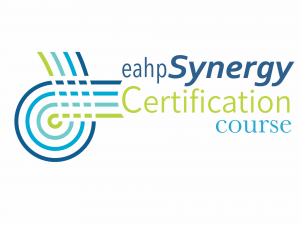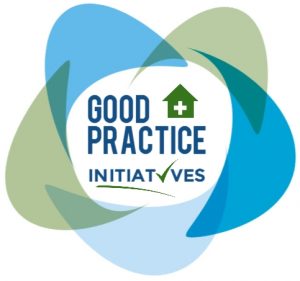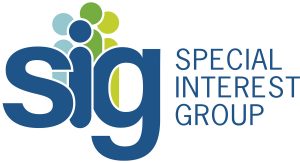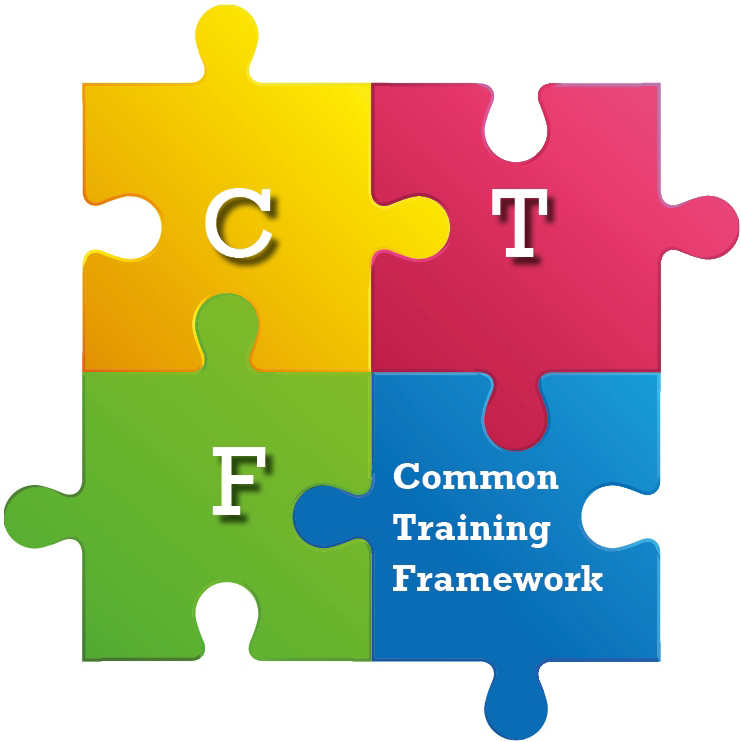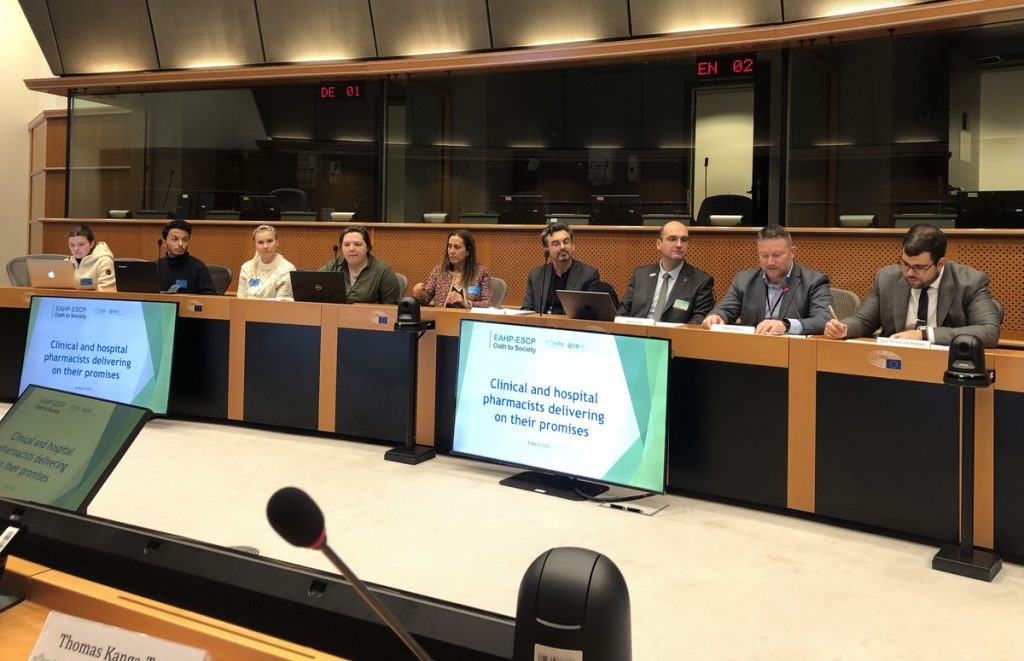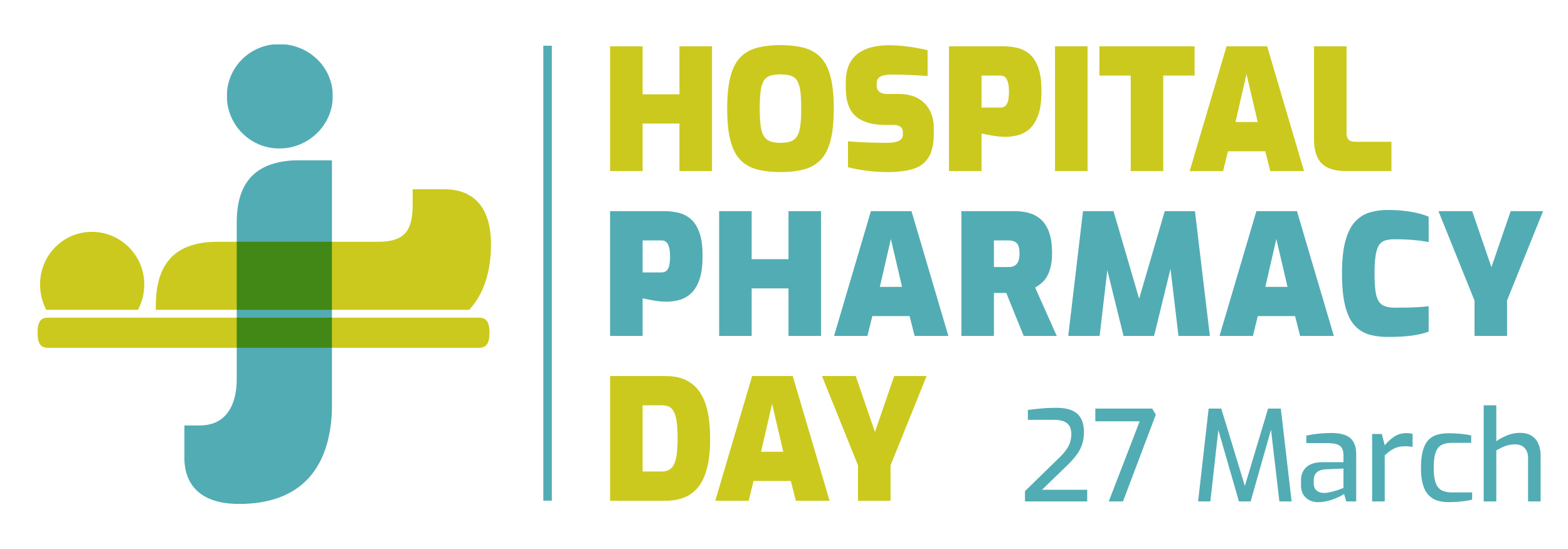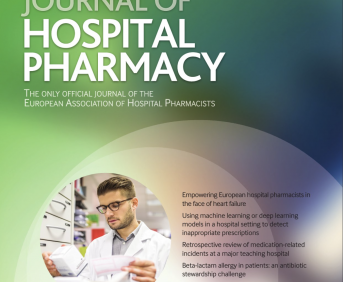The European Association of Hospital Pharmacists (EAHP) recently represented the hospital pharmacy profession at a meeting of the European Medicines Agency (EMA).
The meeting, held on Tuesday 8 May at EMA’s offices in London, was called to seek health professional feedback on a number of current issues under consideration by the Agency, including:
– The development of the Eudravigilance database
– The EMA’s Geriatric Medicines Strategy
– A recent study on the communication of medicine risk
– The development of Risk Management Plans for Medicines
The Eudravigilance database is a European-wide information portal for medicines pharmacovigilance, providing a wide range of information on reported incidents. Most stakeholder comment on this issue related to ensuring under-reporting of incidents by health professionals was addressed, and that, as far as possible, terminology used on the data base could be understood by lay members of the public.
An update was provided in relation to EMA’s Geriatric Medicines Strategy, including a report from a March 2012 EMA workshop on the issue. The workshop considered geriatric participation in clinical trials could be improved by better use of existing networks and allowing multimorbidity patients to participate in trials. A problem was identified in the lack of consensus about how to define frailty. EMA will report in 2013 on the impact of its geriatric medicines strategy compared to the baseline.
A study was presented on the communication of medicines risk. Conducted at the University Medical Center, Groningen, Netherlands, it looked at the impact of Direct to Health Professional Communications (DHPC) about medicines safety issues. In a survey it was found that the health professionals most likely to read a DHPC were community and hospital pharmacists, and pharmacists were more aware of specific medicines safety issues that had been communicated in DHPCs. It was suggested at the meeting the study results indicated the role of the pharmacist in cascading information on medicines safety to other professionals.
The final session of the day focused on the forthcoming implementation of EU legislation requiring all Marketing Authorisation applications to be accompanied by a Risk Management Plan (RMP). Summaries of the Risk Management Plans are to be placed in the public domain. Discussion at the meeting focused on ensuring these summaries could be meaningfully understood by members of the public and that they do not duplicate or contradict other documents such as the Patient Information Leaflet and the Summary of Product Characteristics. Another key point of discussion was in relation to who will be responsible for the initial drafting of the Risk Management Plan. EAHP asked for more clarity on what information would be included RMPs in relation to off label use.
